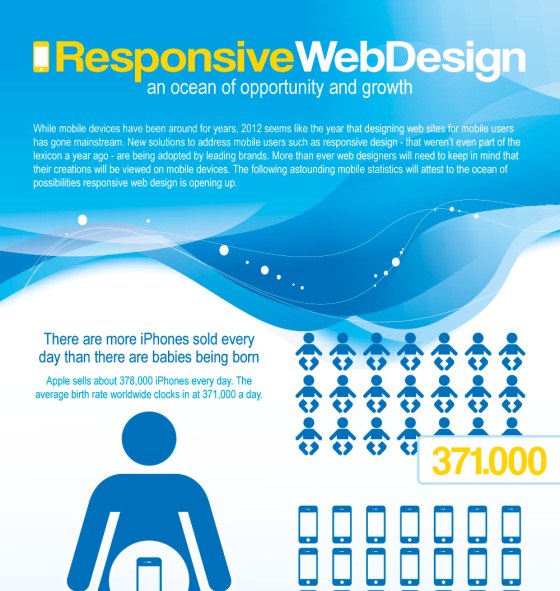Internet Site Design Fundamentals: Tips For Structure A User-Friendly Site
Internet Site Design Fundamentals: Tips For Structure A User-Friendly Site
Blog Article
Web Content Produce By-Abildtrup Gammelgaard
When it comes to site layout, guaranteeing user-friendliness is essential. From responsive style to streamlined navigation, every element plays a critical duty in producing a site that deals with your target market's requirements. But what about the finer details that can make or break a user's surfing experience? Stay tuned as we reveal some often-overlooked ideas that can raise your web site's usability to the next degree, making it truly stand apart in the electronic landscape.
Importance of Responsive Style
Receptive design is a critical aspect of modern website development. Guaranteeing your website is responsive ways that it can adapt to different screen dimensions and tools, providing a seamless experience for individuals.
With the boosting use of smartphones and tablet computers to access the internet, having a receptive design is crucial for getting to a wider target market. It aids in improving individual experience by making your site simple to browse and read on any kind of device.
Additionally, top seo experts can positively affect your internet search engine positions, as online search engine like Google prioritize mobile-friendly sites. By having a responsive layout, you're additionally future-proofing your internet site, as new tools with varying display sizes continue to emerge.
Simplify Navigating Structure
To enhance customer experience and promote easy accessibility to information on your web site, simplifying the navigation framework is critical. When developing your site, concentrate on producing a clear and user-friendly navigating food selection that aids visitors locate what they're searching for rapidly.
Restriction the number of food selection things to the basics, grouping related web pages together to prevent overwhelming individuals. Usage detailed tags that plainly suggest the material of each page, making it simpler for individuals to comprehend where each link will certainly take them.
Think about executing dropdown menus for subcategories to stop jumbling the primary navigating bar. Additionally, include a search bar prominently on the web page for customers that choose searching for details info.
Prioritize mobile responsiveness in your navigation layout to ensure easy access on all devices.
Optimize Page Lots Rate
Improving web page load speed is crucial for keeping site visitors on your site. Slow-loading web pages irritate users and can result in high bounce rates. To enhance web page load speed, start by maximizing images. Press pictures without endangering high quality to decrease their file dimensions.
In addition, allow web browser caching to keep regularly accessed sources locally, accelerating tons times for returning site visitors. Minify CSS, JavaScript, and HTML documents by getting rid of unnecessary personalities, comments, and format, improving tons speed.
Think about using a content shipment network (CDN) to disperse your website's content across numerous servers worldwide, decreasing latency for customers accessing your site from different places. Finally, limit using third-party manuscripts and plugins, as they can dramatically affect load times.
Verdict
Finally, by integrating receptive layout, streamlining navigation, and optimizing web page load speed, you can create an user-friendly internet site that appeals to a bigger target market and improves user experience. These essential elements guarantee that visitors can conveniently gain access to and navigate your website throughout various tools, bring about raised interaction and complete satisfaction. By focusing on these key elements, you can construct an effective internet site that maintains users returning for even more.
